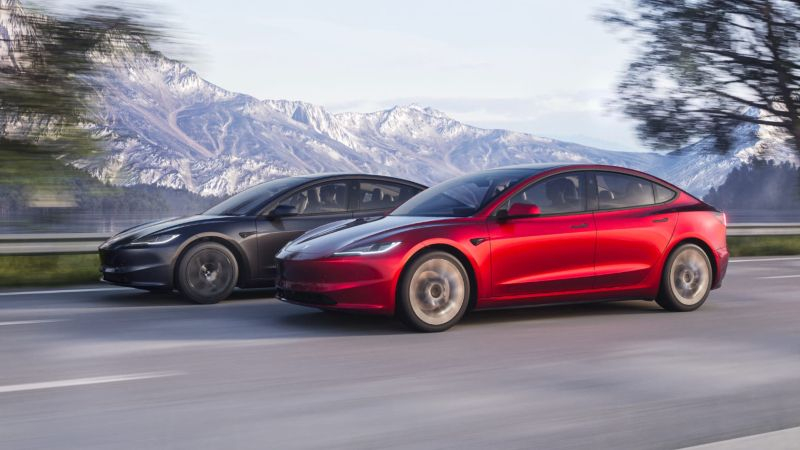The first two quarters of this year were disappointing for Tesla in the sense that the volume of deliveries of electric vehicles of this brand during these periods decreased relative to the same periods of the previous year. The third quarter reversed that trend with year-over-year growth of 6.3%, but analysts on average were expecting slightly more EVs to be delivered by the company.

Image Source: Tesla
It must be said that the gap between reality and expectations was not significant. If the analyst consensus on the eve of the publication of Tesla’s preliminary quarterly report mentioned 463,000 electric vehicles, then the actual value reached 462,890 cars. This is 6.3% more than what was supplied a year ago. If we talk about the number of electric vehicles produced in the third quarter, it grew by 9.1% year-on-year to 469,796 units. Sequentially, Tesla increased its electric vehicle production volumes by 14.4% and its shipments increased by 5.8%.
Either way, the Model 3 and Model Y accounted for the bulk of the production program in the third quarter, with a combined 443,668 units produced and 439,975 units shipped. All other models, including Model S, Model X and Cybertruck, accounted for 26,128 electric vehicles produced and 22,915 shipped in the third quarter. It’s difficult to judge to what extent the Cybertruck electric pickup truck helped boost third-quarter numbers, but a year ago it had not yet been delivered to Tesla customers. Since investors have become accustomed to the superiority of quarterly results over forecasts, the almost complete coincidence of these indicators led to a slight decrease in the value of the company’s shares, which fell by 3.49% after the publication of the report.
According to Electrek’s estimates, Tesla would have to ship 485,000 vehicles in the third quarter to deliver the same number of electric vehicles as last year, and the initial forecast of around 2 million electric vehicles for the year would require increasing this figure to 585,000 vehicles. Given the current market conditions, achieving the latter goal is unlikely. Moreover, at the end of the third quarter, the company’s warehouses accumulated about 20,000 finished vehicles that were not sold. This is not a very large surplus, but the company will have to make some efforts to realize it. It also became known the day before that in China, BYD, Li Auto, XPeng, Zeekr and Leapmotor sold a record number of electric vehicles and plug-in hybrids in September. In essence, this indicates a revival of the local market, but it is accompanied not only by the appearance of new models, but also by serious discounts, and Tesla, of these two measures to stimulate demand, can only offer pricing methods so far. Before the company releases a detailed report on October 23, it will unveil its Cybercab automated taxi in Los Angeles on the 10th of this month.